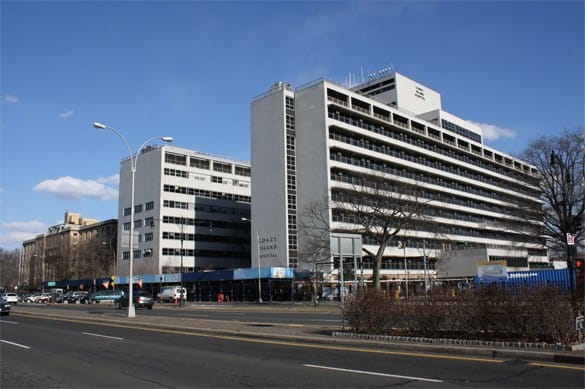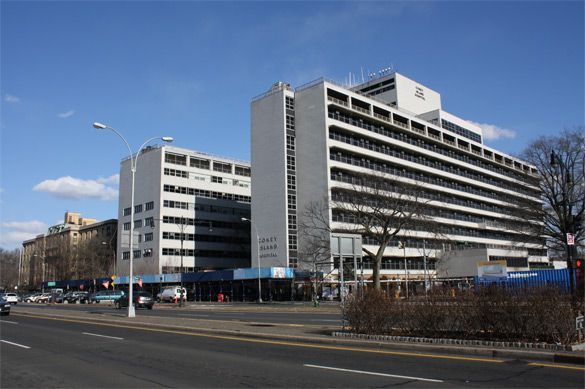Treyger Demands Answers About Pace Of Recovery Projects At Sandy-Impacted Hospitals


City Councilman Mark Treyger pressed city officials last week about the sluggish pace of recovery projects at Superstorm Sandy-affected public hospitals.
Speaking Tuesday at an oversight hearing for the Committee on Recovery and Resiliency, chaired by Treyger, the councilman demanded to know when the New York City Health and Hospitals Corporation would break ground on work to shore up public hospitals.
“What New Yorkers really want is to see shovels in the ground,” Treyger said at a City Council oversight hearing, according to a press release from his office. “We need straight answers that are crystal clear about where the recovery process stands, not rigmarole.”
In 2014, FEMA awarded a $1.7 billion grant for four facilities impacted by the storm — but work on the projects has not even begun and city officials could not give specific figures about how much FEMA funding had already been received, according to Treyger’s press release.
The representatives did say the projects are expected to be completed in time — the last of the work is scheduled to finish at Roosevelt Island’s Coler Hospital in 2022. Work on Coney Island Hospital is supposed to begin next year and end in 2020, according to a timeline presented at the hearing.
Treyger did recognize recovery efforts for rebuilding the Ida G. Israel center — which was brought back to Coney Island almost three years after being destroyed by Sandy.
Treyger also requested that Sandy recovery projects hire from Sandy-impacted communities and urged representatives to create plan to ensure that non-coastal hospitals are prepared to absorb patients from health centers that need to be evacuated.
“Over three years after the storm, our public facilities are still vulnerable. New Yorkers want to know that our integral infrastructure and services will be able to withstand another extreme weather event,” Treyger said.



